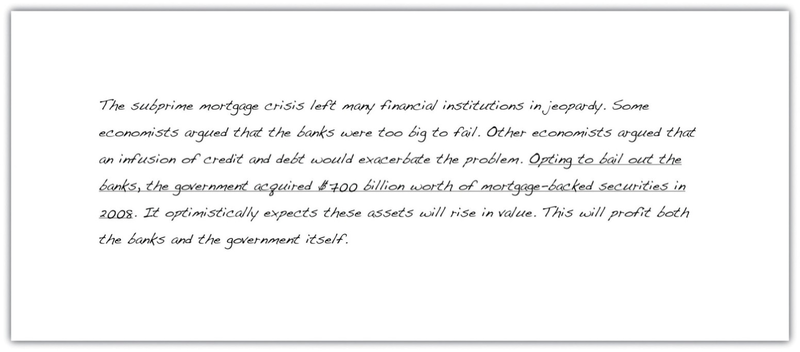Some sentences can be combined using an -ed verb form — stopped, finished, played. To use this method, one of the sentences must contain a form of be as a helping verb in addition to the -ed verb form. Take a look at the following example:
Original sentences: The Jones family was delayed by a traffic jam. They arrived several hours after the party started.
Revised sentence: Delayed by a traffic jam, the Jones family arrived several hours after the party started.
In the original version, was acts as a helping verb—it has no meaning by itself, but it serves a grammatical function by placing the main verb (delayed) in the perfect tense.
To connect two sentences using an -ed modifier, drop the helping verb (was) and the subject (the Jones family) from the sentence with an -ed verb form. This forms a modifying phrase (delayed by a traffic jam) that can be added to the beginning or end of the other sentence according to which fits best. As with the -ing modifier, be careful to place the word that the phrase modifies immediately after the phrase in order to avoid a dangling modifier.
Using -ing or -ed modifiers can help streamline your writing by drawing obvious connections between two sentences. Take a look at how Naomi might use modifiers in her paragraph.

The revised version of the essay uses the -ing modifier opting to draw a connection between the government’s decision to bail out the banks and the result of that decision— the acquisition of the mortgage-backed securities.
- 瀏覽次數:4626






